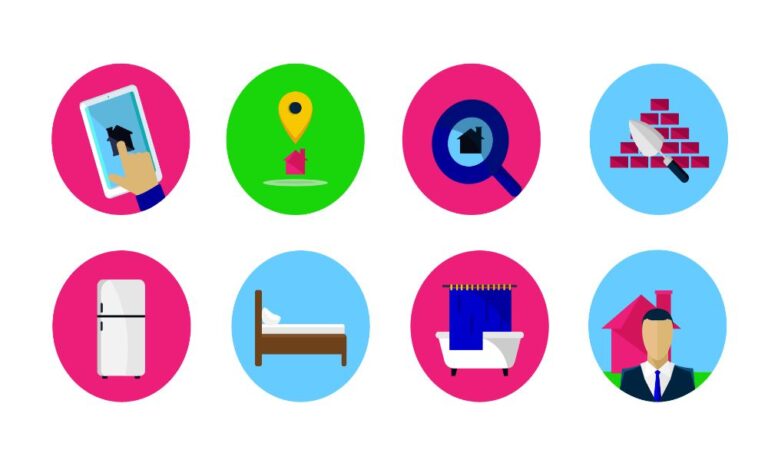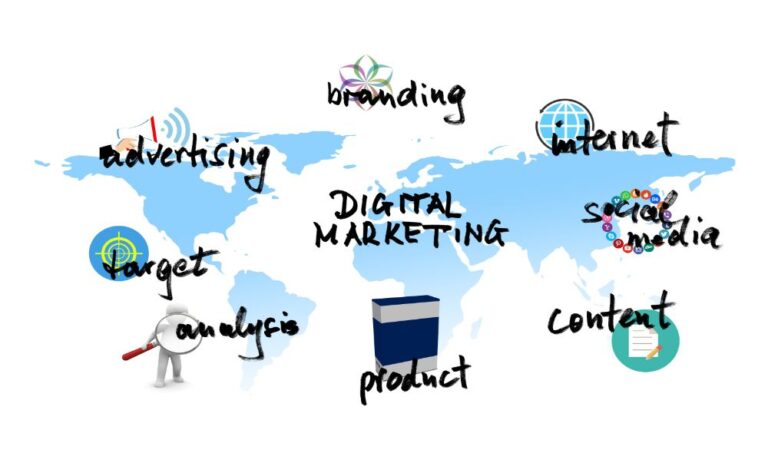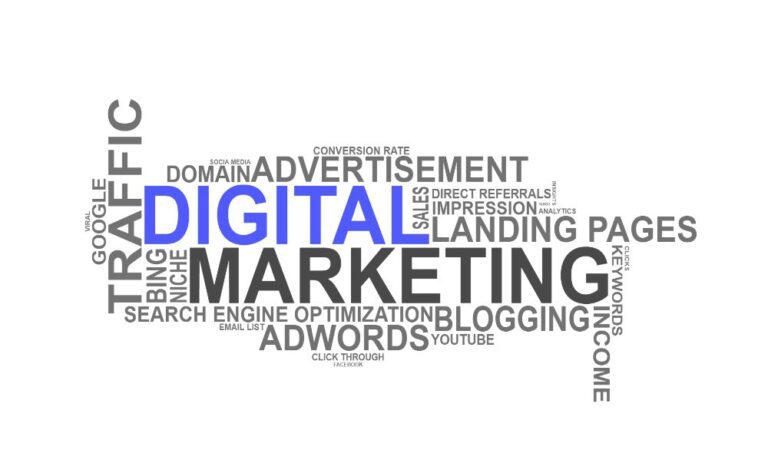2023 Digital Marketing Trends & Predictions
Over the past few months, Google has been gradually introducing the general public to a new way of thinking about search that is likely to be a defining characteristic of our future interactions with the platform. This new way of thinking will likely be characterized by the following:
Since the beginning of the internet, searching has been a text-based activity. This activity is predicated on the idea of identifying the greatest possible match between the intent of the searcher and a collection of results that are displayed in the form of text links and content snippets.
But in this new phase, search is becoming more multi-modal, or in other words, it is able to handle input and output in a variety of formats, such as text, graphics, and sound. This ability was not present in the previous phase. When it’s working well, multimodal search is both more user-friendly and more convenient than the conventional approaches.
The rise of social media platforms such as Instagram, Snapchat, and TikTok, all of which have evolved user expectations in the direction of highly visual and immediate interaction with content, is at least a part of the impetus for Google’s move toward thinking of search as a multi-modal activity. This is because these social media platforms have all contributed to the evolution of user expectations. Google, a firm that has been there since the beginning of the internet, has taken steps to stay up with the ever-shifting standards.
The Development of Multiple Search Options
The business has dedicated a significant amount of its research and development resources to the creation of Google Lens, Vision AI, and other components of its advanced image recognition technology. These products are intended to represent the next evolution of tools such as Google Images.
You can quickly translate road signs and menus, research products, identify plants, or look up recipes using the search tool known as Google Lens. All you have to do is point the camera on your phone in the direction of the object you want to look up information about, and Google Lens will do the rest.
This year, Google unveiled the “multisearch” feature, which enables users to add text qualifiers to picture searches in Lens. This feature was launched this year. You can now take a picture of a blue dress and ask Google to find it in green. You can also snap a picture of an item and add the phrase “near me” to view local eateries that sell foods that match an image.
The Voice Icon Is Now Joined by the Image Icon
Google has just included an image icon next to the primary search box on google.com. This is another another move made by Google in an effort to encourage users to conduct image-based searches.
The image symbol is now located next to the microphone, which serves as a prompt for users to do searches using their voices. Voice search was supposed to be the future of internet navigation when services like Amazon Alexa and others like it were launched. Voice search has since developed to occupy a useful niche in our arsenal of methods for interacting with electronics, making it helpful when talking is faster or safer than typing in some situations. However, it didn’t quite happen. The same may be said about hearing Alexa or Google Assistant. Reading the results of a search aloud can be more helpful in certain situations than reading the words on a screen.
This gets us to the concept of a multi-modal search interface, which is the idea that users should be able to search by, with, and for any media that is the most helpful and convenient for the specific situation they are in at the time.
An image-based input has the potential to transmit more information than any brief text phrase describing the color, texture, and particular aspects of a retail product. The perfect voice prompt for a youngster who is still learning to read could be something along the lines of “show me photos of unicorns.” It is reasonable to expect that, in the not too distant future, any combination of text, speech, and image will be supported for use as inputs and outputs.
The Practice of Marketing in an Era of Multi-Modal Search
What does this entail for those who work in marketing? Those who have the objective of boosting the online visibility of their companies and the products or services they offer would do well to concentrate their efforts on one of two primary concerns.
The first step is to produce information for use in search that is not only promotional but also helpful. This content should be made available. Marketers need to compete to provide answers and guidance in addition to marketing the availability of their products or services since consumers are being educated to ask all kinds of questions and receive responses that help them remain informed and make better decisions. When users ask questions, Google Assistant will read aloud text from Featured Snippets, for example, which are the answers that are featured at the top of search results. This presents a fantastic chance to improve brand visibility and to be known as an authoritative industry voice.
Image optimization is the essential step.
Image optimization is the other significant priority that should be given to marketing efforts in this age of multi-modal search. The artificial intelligence (AI) technology known as Google Vision gives the corporation an automatic method of comprehending the subject matter of photographs. The company is transforming search results for local and product searches into immersive, image-first experiences by matching featured images to search intent using its image recognition technology, which is an important component of Google’s Knowledge Graph, which creates linkages between entities as a way of understanding the content of the internet. This technology is helping the company transform search results for local and product searches.
In Google’s image-rich search results, marketers who upload engaging visual content in key locations stand a good chance of coming out on top. Photos that correlate to search terms that a firm intends to rank for should be featured on e-commerce websites, store landing pages, Google Business Profiles, and product listings that are uploaded to Google’s Merchant Center. Photos should be accompanied by language that provides context or description; nonetheless, Google is able to analyze and display photos that match a searcher’s query even if the photos lack accompanying text.
For instance, conducting a search on Google for “handmade jewelry in Sedona, Arizona” will return Google Business Profiles as the results. Each of these profiles will display an image that has been taken from the image gallery associated with the profile and will be relevant to the user’s search.
Taking the Initiative to Look
You may activate Google’s newly introduced shopping experience in search, which was announced earlier this fall, simply typing “shop” at the beginning of any query for a product. This will take you to Google’s product catalog. The majority of the results are comprised of photographs taken from e-commerce websites and carefully matched to the search query given by the user.
Multi-modal search is becoming increasingly prevalent in the food and retail industries. When it comes to these specific categories, marketers should already be actively working on image optimization and content marketing while keeping a variety of media use cases in mind. In the near future, multi-modal search will be available for other company categories.
In situations when it would be more practical to use images instead of text or audio instead of a visual display, Google will want to ensure that users can have access to both of these alternative modes of information presentation. It is in your best interest to get ready for the multi-modal future right now.







